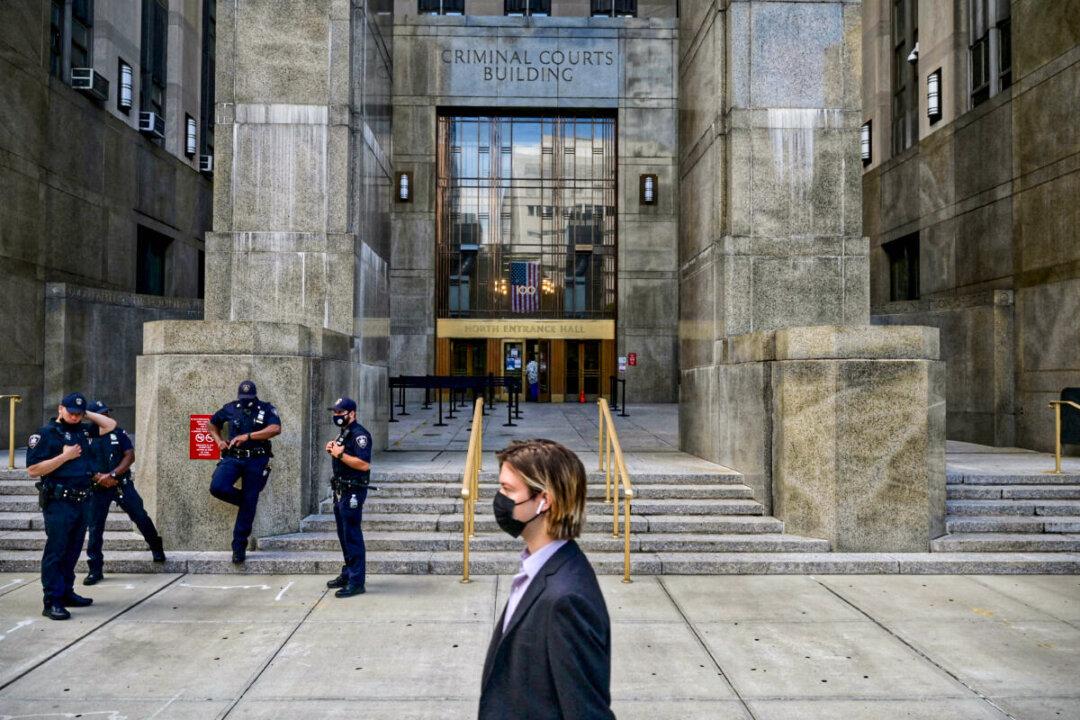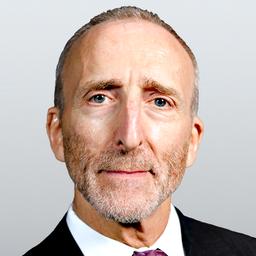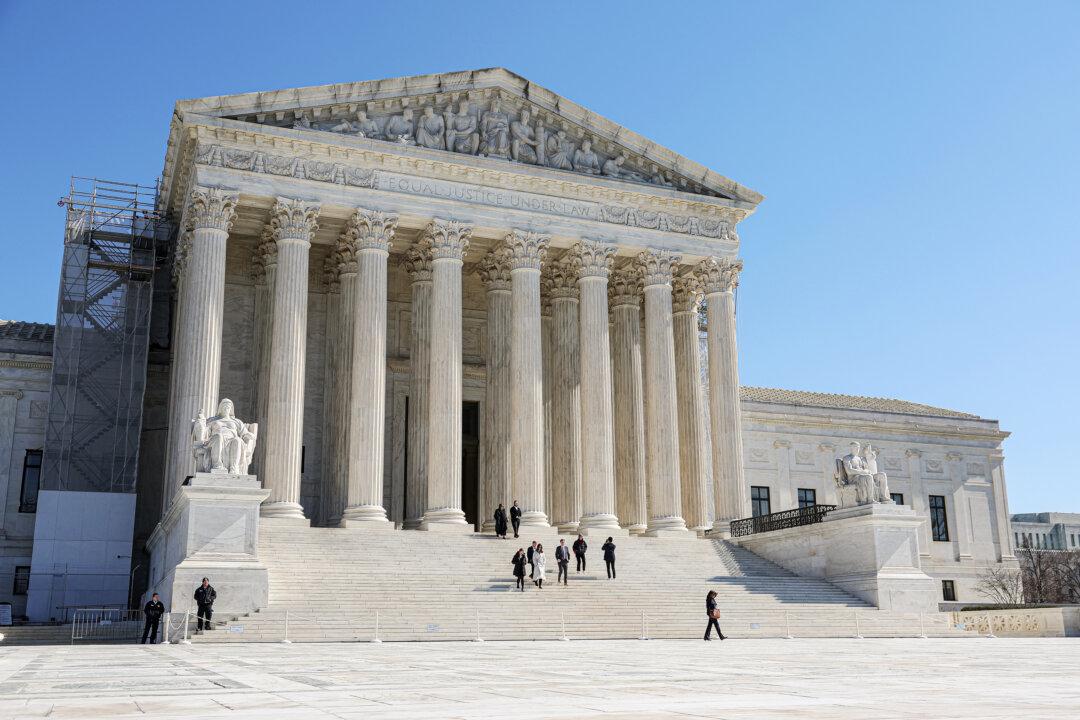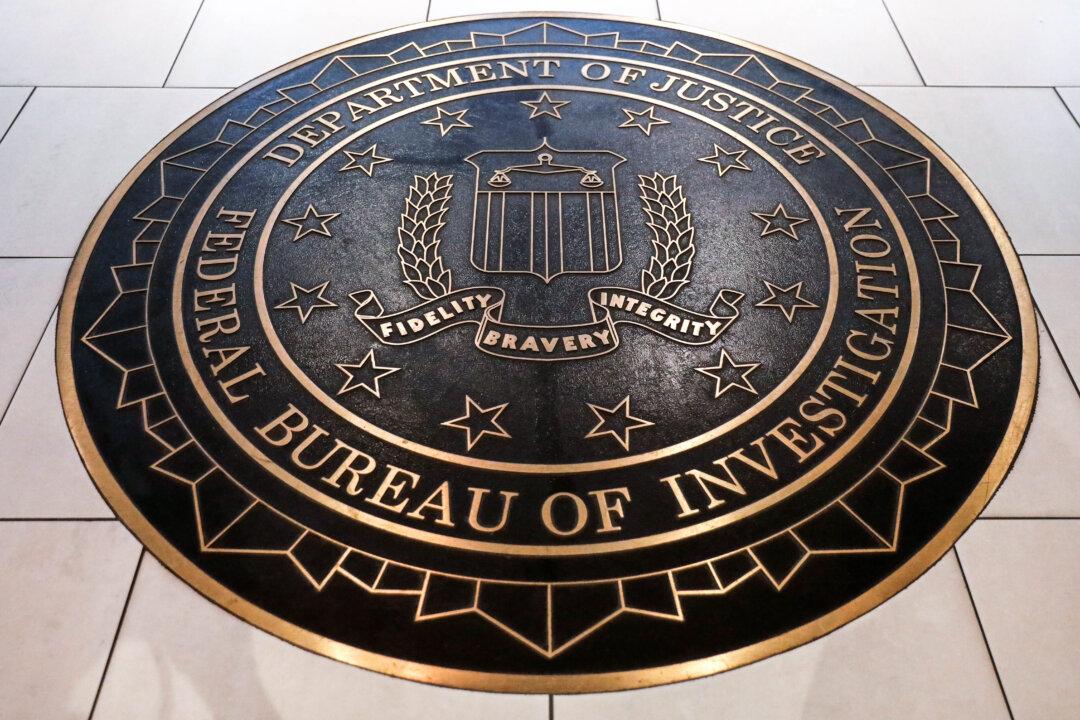Commentary
The eruption of mass violent crime over the past weeks—shooters in Uvalde, Texas, in Laguna Woods, California, in Buffalo, New York—evidences a predictable escalation, an inexorable incremental evolution, of an environment, an atmosphere that fails to discourage criminal activity, developed in large part by a new breed of privately financed progressive prosecutors, entrenched in major urban centers from coast to coast.





